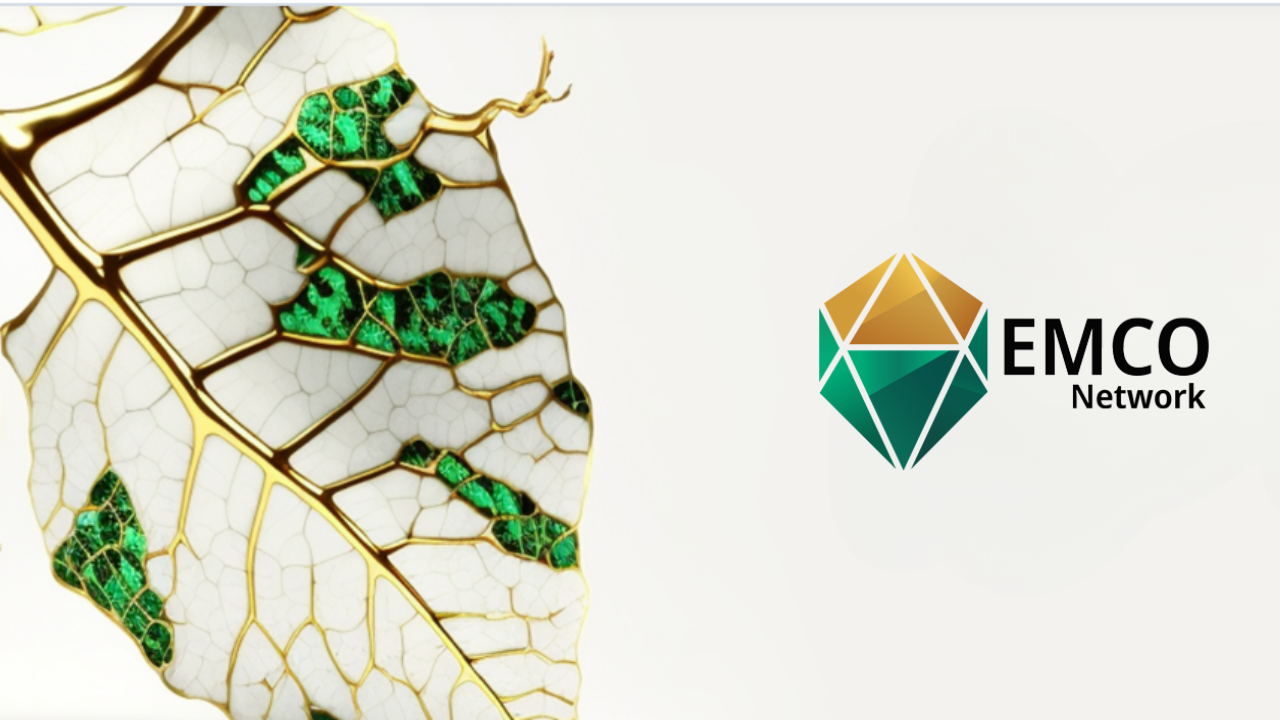Crypto AI needs a showcase to know what is real

JPMorgan appears to have confirmed what everyone already knows: The emerging world of artificial intelligence (AI) is the top trend in 2023. In a recently released survey of 835 institutional traders, some 53% cited AI and machine learning when discussing the technologies most likely. to reshape finance over the next three years. The technology behind Web3 — namely blockchain and distributed ledgers — was ranked third, down from last year when JPMorgan ranked AI and crypto second in its annual “The e-Trading Edit” report.
There are several ways in which AI is already affecting the markets. As Barrons reported, AI-related stocks have rallied in a manner reminiscent of crypto’s legendary bull run. But that doesn’t mean crypto doesn’t have fun too. CryptoSlate composed an index of 73 AI-linked cryptos representing around $4.63 billion in value. The overall index is up 87% in just the last seven days, with some specific tokens posting triple digital returns.
This article is taken from The Node, CoinDesk’s daily roundup of the top stories in blockchain and crypto news. You can subscribe to get the whole newsletter here.
Much of this recent action was kick-started by the release of OpenAI’s ChatGPT, a chat platform that some believe can pass the Turing test, designed to measure whether a machine can be mistaken for a human. The tool is impressive – it can write smart contracts, compose poetry and threatens Google’s search monopoly. Last month, Microsoft invested $10 billion in OpenAI to bring the technologies into its industry-defining software suite.
But look no further than Google’s response to OpenAI to see some of the challenges AI has yet to assume. Today, in a live stream from Paris, Google showed off its own AI chatbot called Bard (based on its proprietary software LaMDA, or Language Model for Dialogue Applications), which, among many things, also “hallucinated” that the James Webb Space Telescope took it first image of an exoplanet (an honor earned by the European Southern Observatory’s Very Large Telescope in 2004). Investors were apparently less than impressed.
Bard is expected to be rolled out across Google’s technology suite within weeks, possibly in widely used apps, including Google Maps and search. The threat of AI has reportedly jolted Google co-founders Larry Page and Sergey Brin back into action after stepping back from day-to-day activities years ago. And while there are technical issues to overcome, it looks like artificial intelligence could usher in a new age of innovation.
The opportunity is evident in crypto as well. The Alethea image generator uses a token to offset the cost of NFTs and offer user incentives. Fetch.ai helps people build decentralized and autonomous software, with possible applications in the “Internet of Things”. Artificial Liquid Intelligence registers property rights for blockchain AI assets. Platforms like these could one day create cheaper or less privacy-intrusive AI platforms and help share the wealth created by the next big technological shift – rather than Microsoft and Google reaping all the rewards.
But the skyrocketing prices of AI crypto tokens are a worrying indicator, a reminder that crypto’s primary use today is speculation. “There is a risk that this whole ‘new trend’ is going to end up in empty hype, as there are a lot of speculators who will try to use short-term price pumps,” financial market consultant Valentina Drofa told CoinDesk’s Shaurya Malwa. Crypto AI needs its own showcase.




















:quality(70)/cloudfront-eu-central-1.images.arcpublishing.com/thenational/PTQDOQ65E55ZFOVAFG6WXE4QKY.jpg)


